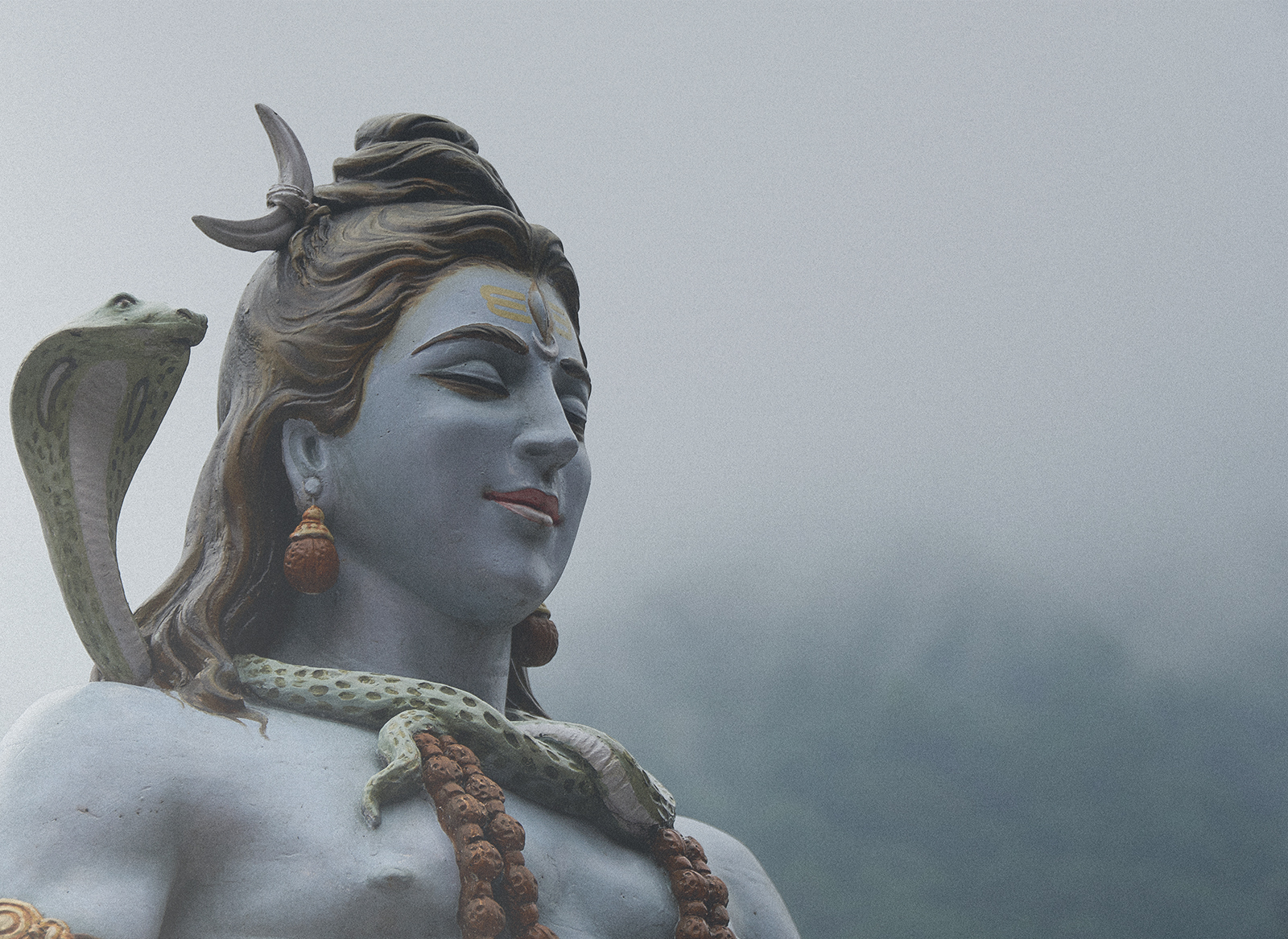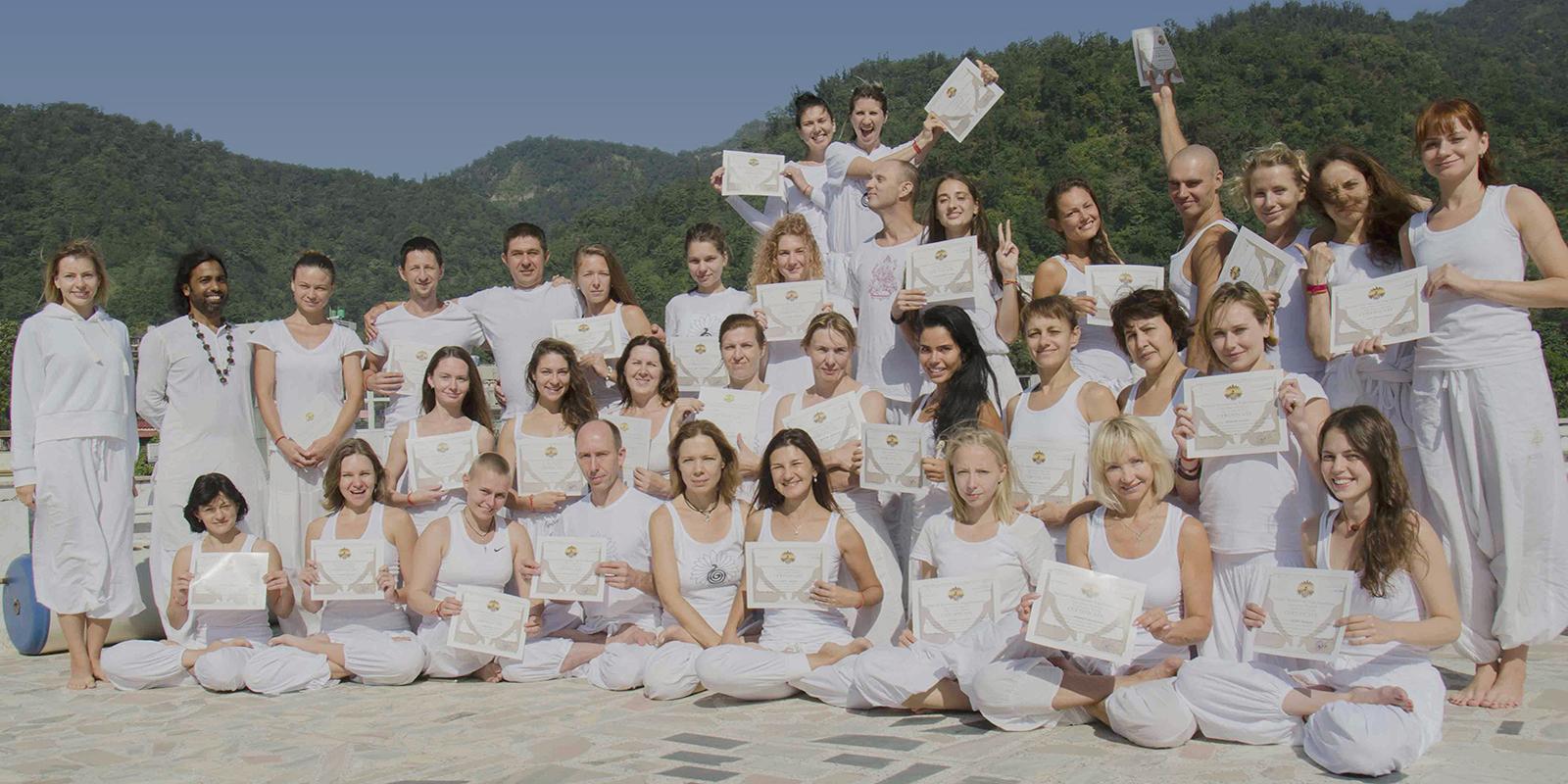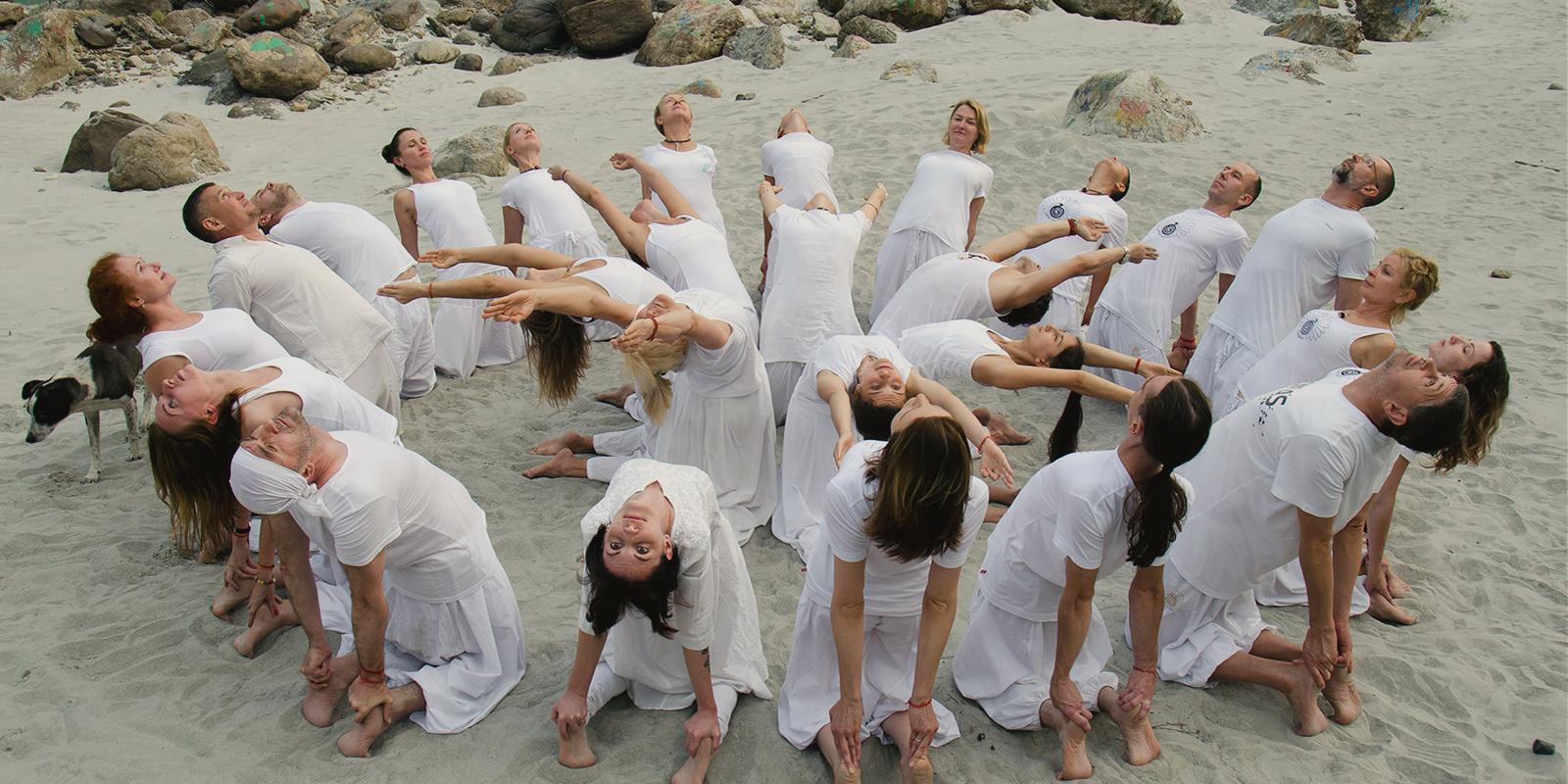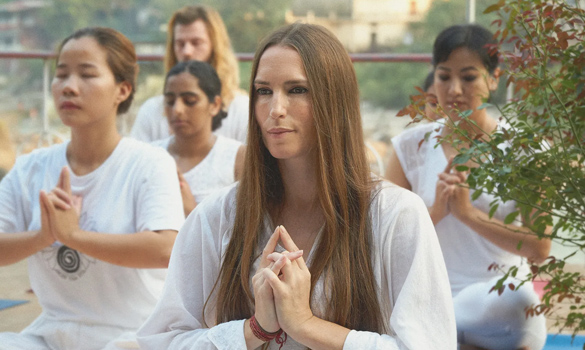The Nobel Sage Patanjali
 Yogena cittasya, padena vacam, malam sarirasya ca vaidyakena|
Yogena cittasya, padena vacam, malam sarirasya ca vaidyakena|
Yoapakaroti tam pravaram muninam patanjali pranjali-ranato-smi||1||
I bow down to him who purifies the impurities of the Mind by removing the Chitta Vrittis by Yoga, who purifies the expression of Speech by Pada Grammar and who purifies the impurities of the Body through Ayurveda (Charak Samhita). He who is an expert in removing (the impurities of the Body, Mind and Speech), to that most excellent of Munis, Nobel Sage (Who is) Patanjali, I bow down with folded hands.||1||
Vande guru charnarvinde, sandarsita swatm sukhava bodhe|
Nih sreyases janglikayamane, samsara halahala mohasantyai||2||
I bow to the lotus feet of the gurus, the awakening happiness of one’s own self revealed|Beyond better, acting like the jungle physician, pacifying delusion, the poison of samsara.||2||
Abahu purushakaram, shankha cakrasi dharinam|
Sahasra shirsam svetam, pranamami patanjalim||3||
Who through skill in action has become the Self, holding a conch and a disc, with white head and crown chakra, to that Patanjali my salutation goes.||3||
In the Yoga tradition, Patanjali is a revered name and has been deified by many groups, especially in the Shaiva bhakti tradition. It is claimed that Patanjali is an incarnation of Aadi Shesha, who is the first ego-expansion of Vishnu, Sankarshana. Sankarshana, the manifestation of Vishnu His primeval energies and opulences, is part of the so-called Chatur Vyuha, the four fold manifestation of Vishnu. Thus may Patanjali be considered as the one incarnation of God defending the ego of yoga.
Patanjali International Yoga Foundation Rishikesh India is a separate institute/organization and bears no resemblance to similar names /organization / institutes in what so manner.
Even his name has been glorified; it is said that desiring to teach yoga to the world, he fell (pat-) from heaven into the open palms (-anjali) of a woman, hence the name Patanjali. He is also often respectfully referred to as Patanjali Maharishi, or great sage.
In one popular legend, Patanjali was born to “Atri” (First of the Saptha Rishis) and his wife ‘Anusuya’ (this would make him go back to the time of the creation by “Brahma”. According to this tradition, Anasuya had to go through a stern test of her chastity when the Trimurti (Brahma, Visnu, shiva) themselves came as Bhikshuks and asked her for Bhiksha. She passed their test by accepting them as her children and fed them while naked. She got the boon where all the tri-Murtis will be born to them. They were Soma Skandan or Patanjali, Dattatreya and Durvasa.
Yoga Sutras
The Yoga tradition is much older, there are references in the Mahabharata, and the Gita identifies three kinds of yoga, and it is also the subject of the late upanishad, Yogatattva. The Yoga Sutras codifies the royal or best (raja) yoga practices, presenting these as a eight-limbed system (ashtanga). The philosophic tradition is related to the Samkhya school. The focus is on the mind; the second sutra defines Yoga – it is the cessation of all mental fluctuations, all wandering thoughts cease and the mind is focused on a single thought (ekagrata). The eight limbs or the Ashtanga Yoga propounded here are
Yama : restraint, low of social life-non-violence, truthfulness, brahmacharya, non-accumulating/non-coveting.
Niyama : obsevation, low of personal life-Tapas (Discipline), Svadhyaya (Self Study), Ishvara Pranidhana (Surrender to God/Higher Self) and Contentment/Acceptance.
Asana : posture- Discipline of the body.
Pranayama : breath-control.
Pratyahara : sense-withdrawal.
Dharna : concentration.
Dhyana : meditation.
Samadhi : oneness.
Later the sahaja-Samadhi leads to true universal oneness. In contrast to the focus on the mind in the Yoga sutras, later traditions of Yoga such as the Hatha yoga focus on more complex asanas or body postures.











